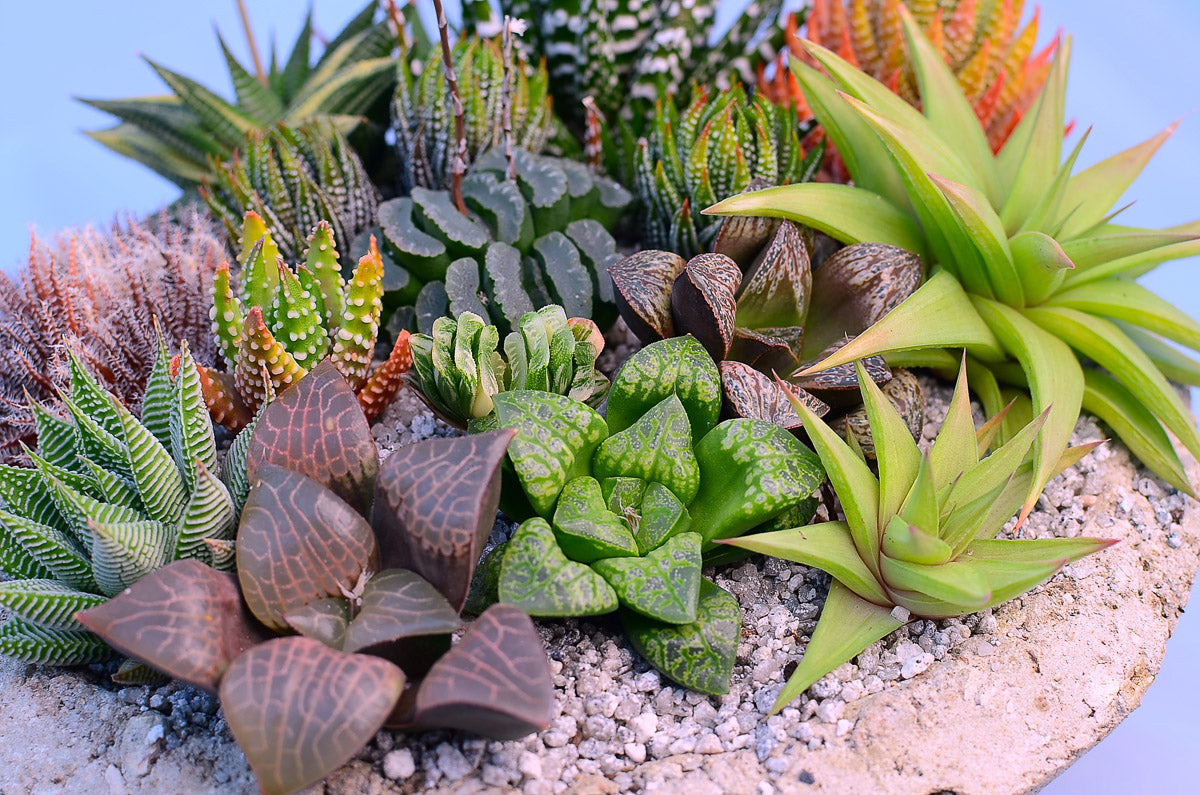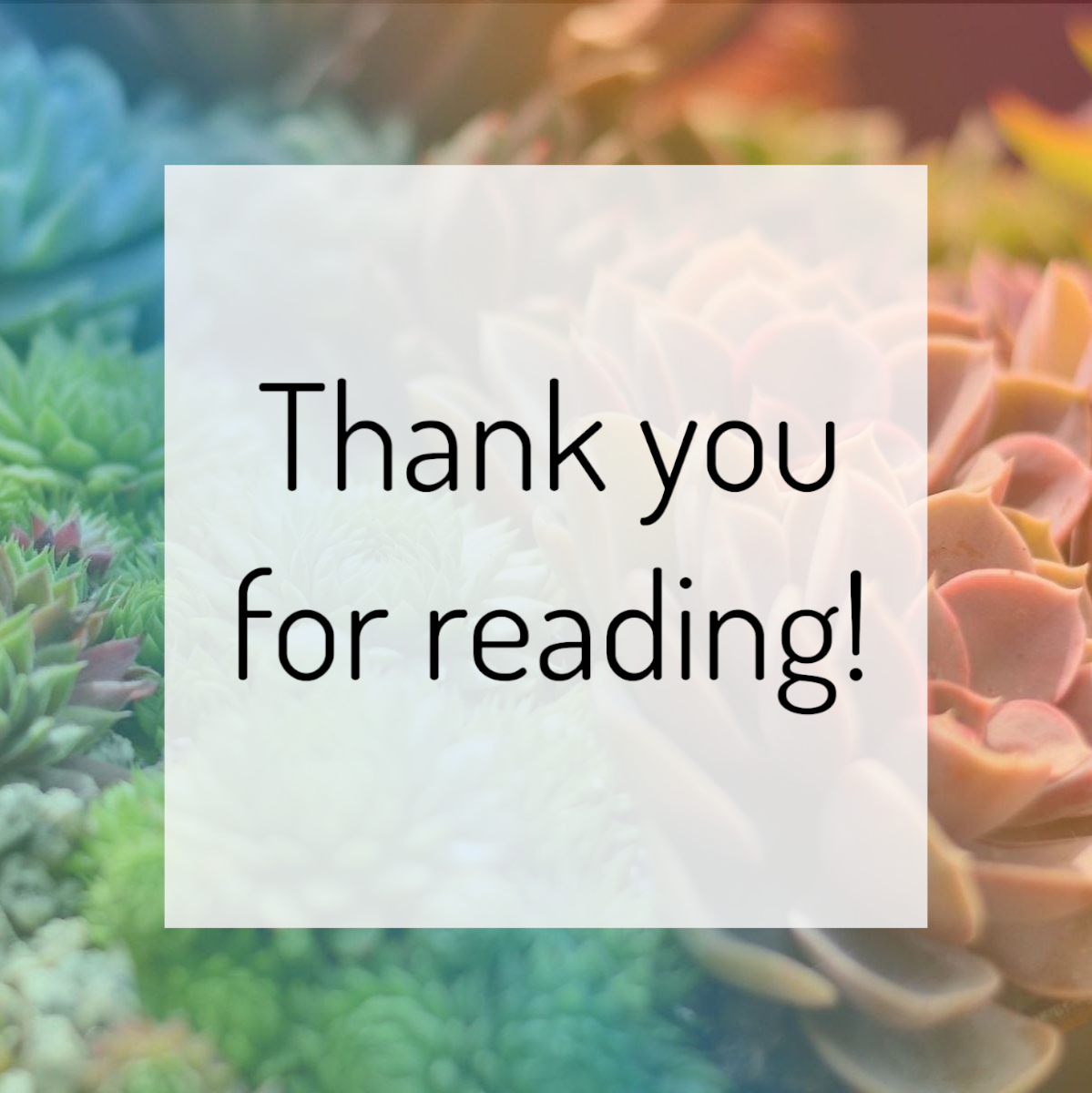
Haworthia Care Guide
Haworthia come in an incredible variety of shapes and colours, from spiral patterns to geometric, sculptural forms. These slow-growing succulents thrive in warmer temperatures and prefer lower light levels, making them ideal for indoor cultivation. Their primary growing season occurs during the winter.
Native to South Africa, Haworthia can be found camouflaged among arid, rocky outcrops, having adapted to survive extreme heat with minimal water. They are closely related to Gasteria and Aloe and are sometimes called "rock plants" or "crystal plants." Their growth habits help protect them from being eaten by animals searching for moisture, and they develop tall, slender flower spikes to attract pollinators while staying hidden.

Haworthia cannot tolerate frost or cold, so it’s best to grow them indoors or overwinter them in a greenhouse.
Haworthia plants can be impressively sculptural, with fascinating features that make them stand out in any collection. One of their most unique characteristics is their translucent, fleshy parts, earning them the nickname “window plants” because you can literally see into the centre of their leaves. These striking plants are always a conversation starter and highly photogenic, making them perfect for sharing on social media with their exciting and unusual details.

Colour
One of the most enjoyable aspects of growing Haworthia is the variety of colours they can develop based on different heat and light conditions. In low light, these plants often have a lush, vibrant appearance, while in more intense light, they can display a stunning array of colours. Some hybrids even feature golden metallic lines on their leaves, giving them an electric look.

There are many colorful variegated forms of Haworthia, but due to their slow growth, these rare plants can command high prices. Variegation can range from yellow to the highly sought-after pink and orange forms, which are particularly prized by collectors.
Interestingly, some Haworthia species develop an extensive root system that can be quite large in comparison to the plant itself, with roots resembling parsnips. Because of these robust root systems, they are often planted in ceramic pots, as the roots can expand and reshape the pot over time.
In their natural habitat, Haworthia grow low to the ground, with only the tips of their leaves visible to conserve moisture and avoid predators. However, when potted, they can be planted higher, allowing you to fully admire their unique form.

Growing tips
For Haworthia, use a gritty soil mix composed of 50% soil and 50% perlite and grit. It’s beneficial to add an extra thick layer of top-dressing at the base of the plant. You can feed Haworthia for faster growth, but this may result in a lusher appearance and affect the plant’s colour.
Watering should be minimal, ensuring the soil is dry before the next watering. When you water, drench the plant but avoid getting the crown wet. If the plants appear dehydrated, you might need to water more often or plant them deeper into fresh substrate. Healthy Haworthia should look full, plump, and shiny.
During the growing season, feeding is recommended. Some growers trim the root system to encourage new root growth, but be sure to let the roots heal before watering again.
Explore our Haworthia selection here: Haworthia.

If you have any other questions on care advice, please drop us an email (info@surrealsucculents.co.uk) and we will be happy to answer this for you.
Leave a comment if you found this guide helpful (we cannot reply to these).
For alternate care advice, please find our other care guides in the Plant Care & Advice section.
We are adding new advice all of the time, so consider subscribing to our mailing list to make sure you do not miss out on any crucial information on how to care for your succulents. This can be done at the bottom of the page.





